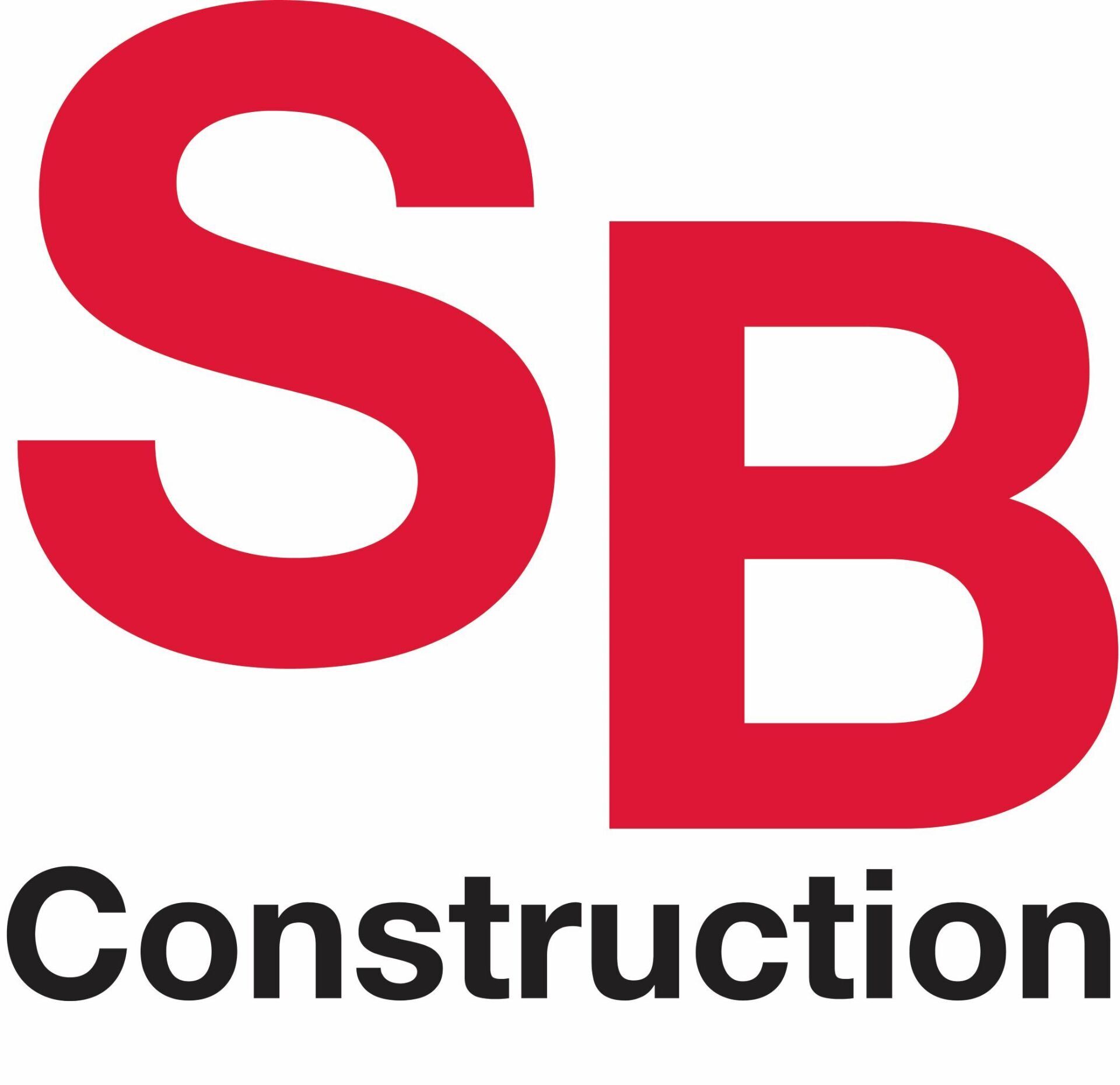Utilizing Church Assets to Create Stability During Uncertain Times
There has been a cultural shift taking place in America for decades that has had a direct impact on churches, but the disruptions of the past year have accelerated those trends even further. From changing perceptions about faith and religion to declines in attendance and giving, ministries are being challenged like never before to adapt to new realities and develop new strategies for doing church.
As we begin 2021, there is still much uncertainty about how in-person church attendance and ministry funding will be impacted in the long term, and what the resulting affect will be on physical space needs in the future. Although there is no “one-size-fits-all” solution to this uncertainty, we believe that this unpredictable time calls for a paradigm shift in how churches view their land and buildings.
Church facilities have traditionally been among the most under-utilized facilities in America, sitting empty throughout most of the week. We believe there are incredible opportunities for ministries to leverage these assets to both generate sustainable income for the ministry and serve the needs of the local community, not just on Sundays but 7 days a week.
In recent years, the idea of merging for-profit business on church property has become a hallmark of BGW projects. In many cases, these “financially sustainable” models can not only reduce existing overhead costs, but can also become a true catalyst for ministry growth and community impact.
Evaluating the Assets of your Church
Across the globe, finances often dictate the pace at which a church’s vision can be carried out. Although hope and passion may abound, a prolonged lack of resources can result in great discouragement among ministries. But what if the key to moving forward is not totally dependent on the amount of money you have in the bank?
Perhaps the best place to start is by assessing the assets your church already has, then evaluating the untapped potential they have to generate sustainable income. What is your community lacking that could be accomplished in your facility or on your property? Begin to brainstorm ideas within your leadership for how the church’s assets could potentially meet a need within the community. Take an inventory of your buildings and land, including the types, quantity, and condition of rooms, parking spaces, etc. When are they being used and when are they empty? Are there opportunities to incorporate financially-sustainable models?
Two Key Areas to consider
Excess Land
If your church owns additional unused land or adjacent property, it could be of special interest to a developer who specializes in multi-family housing, mixed-use retail, or even commercial office or shared work space. If your surrounding community is aging, perhaps a senior housing project would be appropriate. If you are located in an urban or commercial area, your parking lot may be of great value during the week. BGW works with national and local real estate developers that can help evaluate the potential of these kinds of opportunities and help bring the right business partners to the table.
Unused Spaces in Your Building
If you have spaces inside your facility that are only being used on Sundays, consider leasing or renting those spaces to outside groups. Consider adding a feature in this space that is needed or desired in your community, such as an indoor playground or a rock climbing wall. This could be rented out on Saturdays for children’s birthday parties, and would be an excellent way to introduce young families to your church. Opening your cafe during this time would allow parents to meet and share coffee while their children play.
A gym and a few classrooms could be utilized to host after-school care. If you have a commercial kitchen, it could be leased to a catering company who could use it six days a week. Your classrooms could be shared by a Christian school or you could partner with a for-profit child care company that could utilize the spaces throughout the week. Some renovations may be necessary to meet code requirements for these uses, but the potential revenue could make it a worthwhile investment.
Child Care Centers a Natural Fit for Many Churches
While there are a number of possibilities for non-profit models in churches, child care centers have proven to be the most natural fit for many ministries. As a result, BGW has partnered with leading secular and Christian child care providers to help ministries integrate early learning centers into their new building. These partners are involved in the BGW design process from the earliest stages, providing valuable input on space requirements as well as business feasibility. In addition, these child care experts provide professional management solutions that can help ensure the success of your new business.
Don’t Go It Alone
Even though this is an exciting process, it can also be overwhelming. In most cases, Building God’s Way recommends that the church not operate or manage the for-profit business on its own, but it should be prepared for the significantly increased ministry potential that these opportunities can bring.
Every church is different and it would be a mistake to believe there is a one-size-fits-all solution. As you discern how God is calling you to serve your congregation and community, we invite you to contact us. We have walked with many churches through each stage of this process and can assist you as you consider the exciting potential of financially sustainable ministries.
